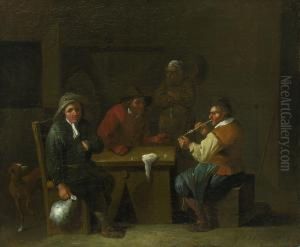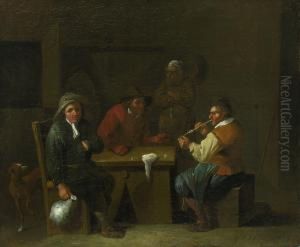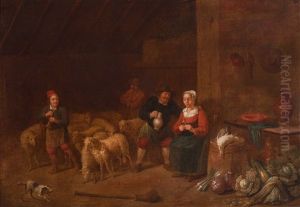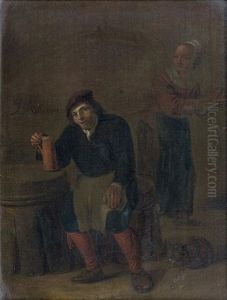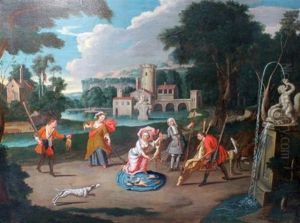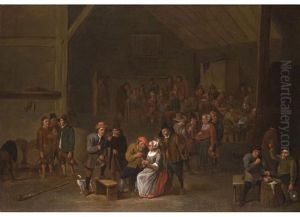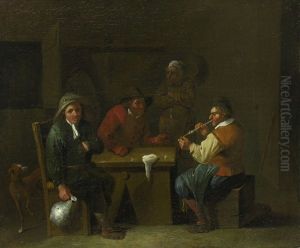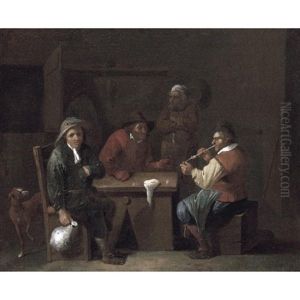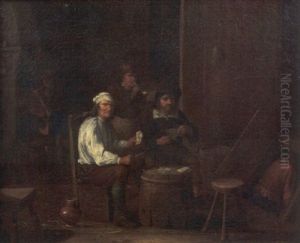Jan Nollekens Paintings
Joseph Nollekens was a notable British sculptor of the 18th century, primarily known for his works in marble. He was born on August 11, 1737, in London to a Flemish painter, also named Joseph Nollekens, who had moved to England to work under the renowned artist Peter Tillemans. Despite the artistic environment of his upbringing, Nollekens chose sculpture over painting and was apprenticed to Peter Scheemakers, a prominent sculptor of the time.
Nollekens' talent quickly became evident, and in 1760, he moved to Rome, which was then the center of the artistic world. During his time in Rome, he became acquainted with several influential figures and was exposed to the works of classical antiquity and the Renaissance, which greatly influenced his style. He achieved success with classical subjects, as well as portrait busts, which became highly sought after by the British gentry and aristocracy.
Upon his return to London in 1770, Nollekens established himself as one of the leading sculptors in Britain. He became a member of the Royal Academy and was appointed Sculptor to King George III. His works included a wide array of subjects, from mythological scenes and figures to monuments and busts of notable individuals such as King George III, William Pitt the Younger, and Charles James Fox.
Despite his success, Nollekens was known for his frugality, which, along with his skill as a sculptor, was a focus of his contemporaries' attention. His reputation was such that he amassed a considerable fortune by the time of his death on April 23, 1823. After his passing, his life and character were documented in a biography by John Thomas Smith, which provides a detailed account of the sculptor's personal and professional life.
